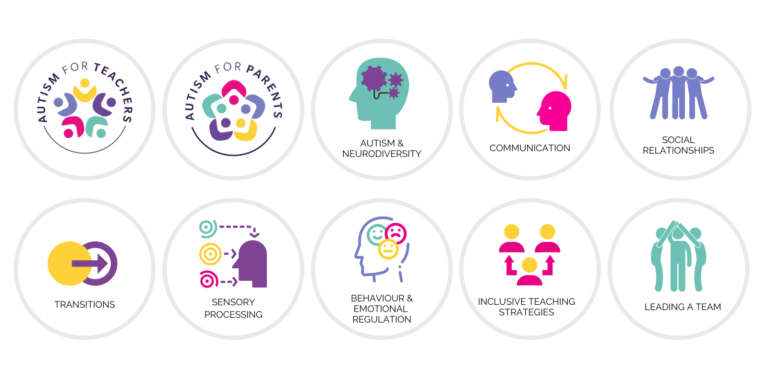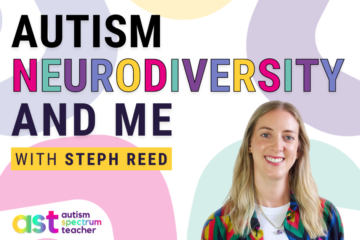Table of Contents
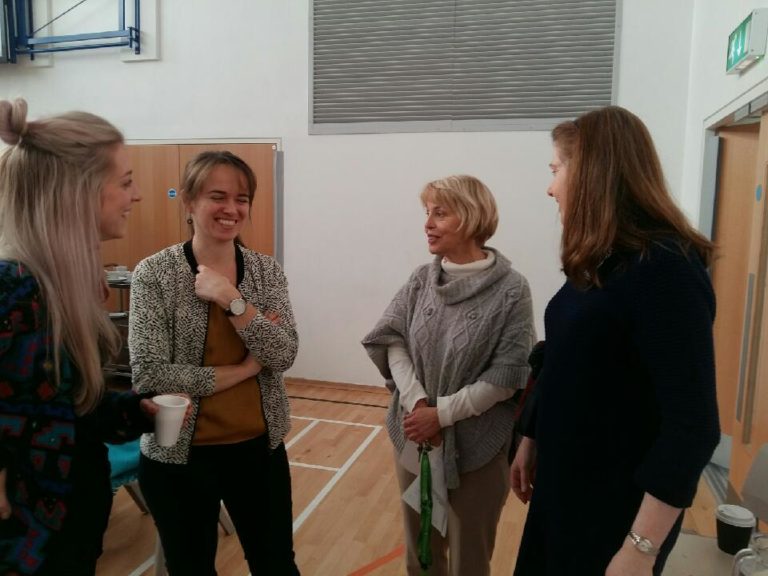
From left to right: Myself – Steph Reed, Jarymke Malijaars (Ku Leuven), Pat Quigley (The Garden Head of School) and Beth Junor (Specialist ASD Speech and Language Therapist).
I was very grateful to attend the ComFor training held at The Garden School in January. The ComFor assessment is a tool used to determine what would be the most appropriate form of augmentative communication for an individual with autism and little or no verbal language.
The ComFor Assessment
The ComFor assessment aims to ascertain which level of sense making an individual is operating at and therefore, which type of augmentative communication approach would be most suitable. Below are photo examples of different forms of augmentative communication implemented after the ComFor Assessment at the appropriate level based on the individuals level of sense making (with photos taken from Met Andere Woorden – ‘In Other Words’)
Objects of Reference
Objects related to the activity are used to communicate what is coming next (i.e. bib for lunch time)

Assembling Objects
The child below is able to take the object and place it into the awaiting object (i.e. cup in cup holder) in order to have a drink
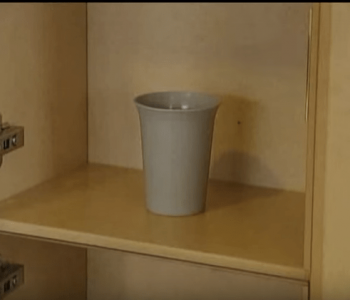

Assembling Pictograms
The pictogram will slot into the correct place (i.e. headphones where the headphones are used)
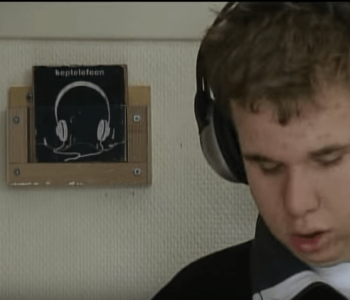
Matching Pictograms
The child below is able to recognise the pictogram and then transition to and take part in the activity that is displayed in the pictogram (i.e lunch time):

The ComFor assessment is an extremely invaluable tool to decide on the most appropriate form of augmentative communication in order to ensure the individual understands and is able to communicate to their full potential. Further information on the ComFor assessment tool can be found at the offical ComFor website here as well as in the journal article ‘Making Sense in a Fragmentary World’ (Neons & Van Berckelaer-Onnes, 2004, Sage Publications and the National Autistic Society).
